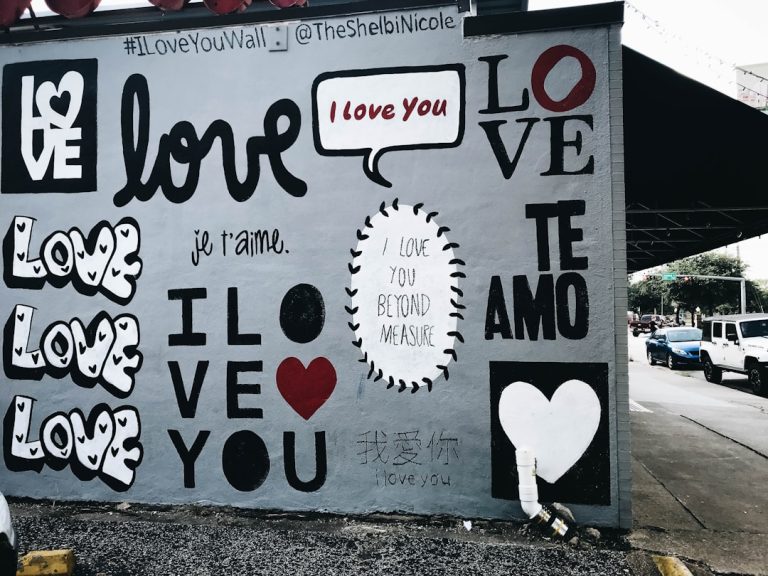
The American English lexicon is a rich tapestry woven from diverse linguistic threads, reflecting the complex history and cultural evolution of the United States. It encompasses a vast array of words, phrases, and idioms that have developed over centuries, influenced by various factors including immigration, regional dialects, and technological advancements. This lexicon not only serves as a means of communication but also as a cultural artifact that encapsulates the values, experiences, and identities of the American people.
The dynamic nature of American English allows it to adapt and evolve, making it a living language that continues to grow and change in response to societal shifts. Understanding the American English lexicon requires an exploration of its historical roots and the myriad influences that have shaped it. From the early colonial period to the present day, the vocabulary of American English has been molded by waves of immigration, contact with indigenous languages, and the impact of globalization.
Each of these elements has contributed to a lexicon that is not only distinct from British English but also rich in regional variations and unique expressions. As we delve into the historical influences on American English vocabulary, we will uncover the layers of meaning and context that define this vibrant linguistic landscape.
Key Takeaways
- American English lexicon is influenced by historical events, regional dialects, borrowed words from other languages, slang, and pop culture.
- Historical influences on American English vocabulary include colonization, immigration, and cultural exchange with Native American and African languages.
- Regional dialects in the US contribute to unique vocabulary and pronunciation variations, such as “soda” vs. “pop” for a carbonated beverage.
- American English borrows words and phrases from languages such as Spanish, French, and Native American languages, enriching its lexicon.
- Slang and informal language play a significant role in American English, reflecting cultural trends and evolving rapidly in the digital age.
Historical Influences on American English Vocabulary
Influence of Other European Languages
The influence of other European languages, such as Dutch, French, and Spanish, is evident in many American English words today. Words like “cookie” (from Dutch “koekje”) and “rendezvous” (from French) illustrate the blending of linguistic traditions. As America expanded westward in the 19th century, new words emerged to describe the unique experiences and landscapes encountered by settlers.
New Words and Expressions
The Gold Rush introduced terms like “prospector” and “claim,” while the burgeoning railroads brought about vocabulary related to transportation and commerce. The Civil War era also contributed significantly to American English, with military jargon entering everyday language. Words such as “blockade” and “cannonade” became part of the lexicon as they were used in both military contexts and civilian life.
Reflection of Identity
This historical layering of vocabulary reflects not only the events that shaped the nation but also the evolving identity of its people.
Regional Dialects and Unique Vocabulary

One of the most fascinating aspects of American English is its regional dialects, each with its own unique vocabulary and pronunciation.
For example, in the South, terms like “y’all” (a contraction for “you all”) have become emblematic of Southern hospitality and friendliness.
Similarly, in New England, words like “wicked” are used as an intensifier, showcasing a distinct regional flavor that sets it apart from other parts of the country. The diversity of regional dialects is further enriched by local slang and idiomatic expressions that may be unfamiliar to outsiders. In the Midwest, for instance, one might hear the term “pop” to refer to carbonated beverages, while in other regions, it is commonly called “soda.” Such variations not only highlight linguistic differences but also reflect cultural attitudes and social norms within those communities.
The interplay between geography and language creates a vibrant mosaic of American English that is both fascinating and complex.
Borrowed Words and Phrases from Other Languages
| Language of Origin | Word/Phrase | Meaning |
|---|---|---|
| French | Déjà vu | Already seen |
| Italian | Ciao | Hello/Goodbye |
| German | Kindergarten | Children’s garden |
| Spanish | Fiesta | Party/Celebration |
American English is characterized by its openness to borrowing words and phrases from other languages, a reflection of the country’s multicultural fabric. This linguistic borrowing has enriched the lexicon with terms that convey specific meanings or cultural significance that may not have direct equivalents in English. For instance, words like “sushi” (from Japanese) and “ballet” (from French) have been seamlessly integrated into everyday language, often retaining their original pronunciations.
The influence of Spanish is particularly notable in American English, especially in regions with significant Hispanic populations. Terms such as “fiesta,” “siesta,” and “plaza” have become commonplace in various contexts, illustrating how language evolves through cultural exchange. Additionally, indigenous languages have contributed words like “moose,” “hurricane,” and “skunk,” which have entered mainstream vocabulary while preserving their original meanings.
This borrowing process not only enhances the richness of American English but also serves as a testament to the country’s diverse heritage.
Slang and Informal Language in American English
Slang plays a crucial role in shaping the informal aspects of American English, often reflecting contemporary culture and social dynamics. It serves as a linguistic tool for younger generations to establish identity and camaraderie while simultaneously creating a sense of exclusivity. Terms like “lit,” meaning exciting or excellent, or “ghosting,” referring to suddenly cutting off communication with someone, exemplify how slang evolves rapidly in response to societal trends.
The fluidity of slang is particularly evident in urban areas where cultural movements such as hip-hop or social media influence language use. Phrases like “on fleek,” which originated from social media platforms, quickly gained popularity before fading into obscurity as new expressions emerged. This constant evolution highlights how slang not only captures current trends but also reflects broader societal changes, making it an essential component of the American English lexicon.
Evolution of American English Vocabulary in the Digital Age

The Impact of Technology on American English Vocabulary
The rise of the internet and social media has significantly influenced the evolution of American English vocabulary. New forms of communication have led to the creation of words that reflect our increasingly digital lives. For instance, “selfie” and “hashtag” have become an integral part of our everyday language.
### The Emergence of Abbreviations and Acronyms
Digital communication has led to the emergence of abbreviations and acronyms that facilitate conversation in fast-paced online environments. For example, “LO” (laugh out loud) and “BRB” (be right back) demonstrate how language adapts to meet the demands of modern communication.
### The Shift in Professional Environments
This evolution is not limited to informal contexts; even professional environments have witnessed shifts in vocabulary as remote work becomes more prevalent. For instance, the word “zooming” has taken on a new meaning as video conferencing becomes a standard mode of interaction.
Impact of Pop Culture on American English Lexicon
Pop culture has long been a driving force behind changes in language, with music, television shows, movies, and literature introducing new words and phrases into common usage. Iconic figures in entertainment often shape language trends through their lyrics or dialogue, creating catchphrases that resonate with audiences. For example, phrases like “You only live once” (YOLO), popularized by rapper Drake, have transcended their original context to become part of everyday vernacular.
Television shows also play a significant role in shaping language trends. The sitcom “Friends,” for instance, introduced phrases like “We were on a break!” which became widely recognized beyond its original context. Similarly, reality television has contributed terms such as “shade,” referring to subtle insults or criticism, which have found their way into mainstream conversations.
The influence of pop culture on language underscores how entertainment serves as both a reflection and catalyst for linguistic change.
Future Trends in American English Vocabulary
As we look toward the future, several trends are likely to shape the evolution of American English vocabulary. The continued globalization of communication will likely lead to further borrowing from other languages as cultural exchange becomes more prevalent. Additionally, as technology advances, new terms will emerge to describe innovations in fields such as artificial intelligence and virtual reality.
Moreover, social movements advocating for inclusivity and representation are likely to influence language use as well. Terms related to gender identity and social justice are already gaining traction within public discourse, reflecting a growing awareness of diverse experiences and perspectives. As society continues to evolve, so too will the lexicon of American English—adapting to reflect changing values while remaining rooted in its rich historical context.
In conclusion, the American English lexicon is a dynamic entity shaped by historical influences, regional dialects, borrowed words from other languages, slang, digital evolution, pop culture impact, and future trends. Each element contributes to a vibrant linguistic landscape that reflects the complexities of American identity and culture. As we navigate this ever-changing terrain, it becomes clear that language is not merely a tool for communication but a living testament to our shared experiences and collective history.
If you are looking to expand your American English vocabulary, you may want to check out this article on the Academic Word List (AWL) here. This list includes words commonly used in academic settings and can help you improve your language skills.



